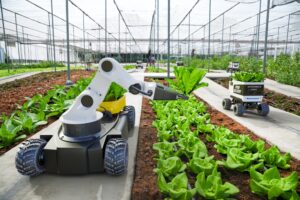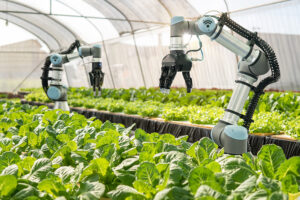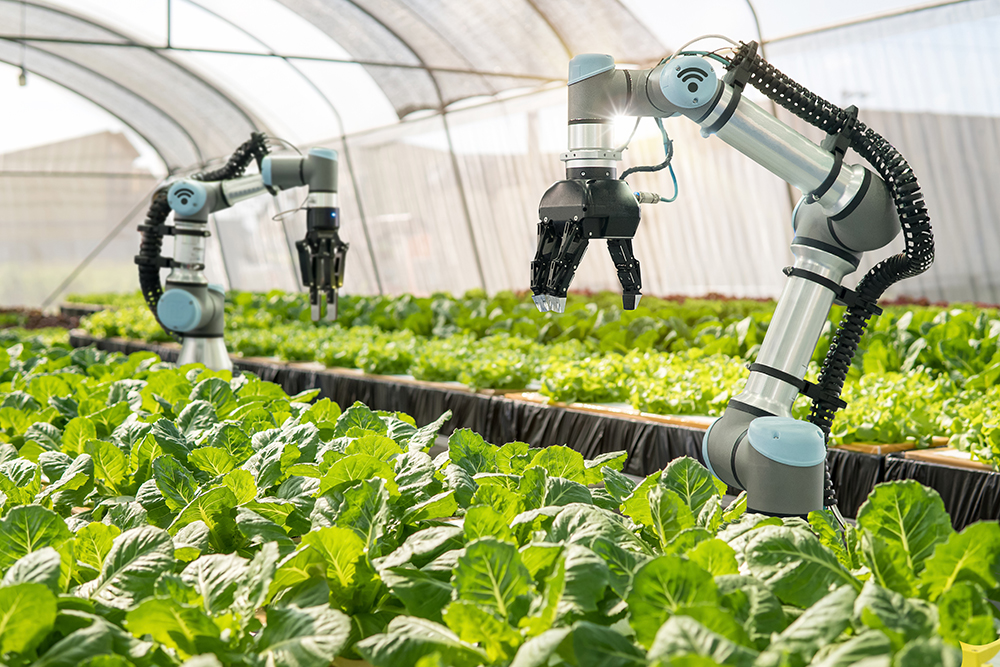Artificial intelligence, together with automation, are rapidly evolving the landscape of the modern workplace, changing the way that humans and technology interact.
But rather than viewing artificial intelligence (AI) or automation as a replacement for human workers, it’s time to recognise these technologies as co-pilots in the realm of workplace collaboration.
To fully grasp the potential of AI in workplace collaboration, it’s essential to first distinguish between automation and AI and understand where each excels.

Automation
Automation, including robotic process automation (RPA) and bot workers, is the bedrock of streamlining and optimising routine, rule-based, and repetitive tasks.
This form of technology involves software programs that are trained to mimic repetitive human actions to perform various assignments, ranging from data entries in CRM systems, to automated invoicing, text recognition, and more.
RPAs can operate 24/7 and be used for different industries, from finance, insurance, automotive, healthcare and more.
This technology used to be the domain of larger companies. But it’s increasingly becoming available to all sizes of businesses — and especially SMEs. If used correctly, SMEs can dramatically benefit from RPAs and even level the playing field with larger competitors. In turn, this can help SMEs grow faster and create more jobs for South Africa.
In workplace collaboration, automation’s role lies primarily in handling tasks that can be clearly defined, where human intervention isn’t necessarily required.
Here, automation is supporting employees in their work by ensuring that these tasks are completed accurately and promptly. Through this support, human workers can focus their energy and capability on more complex, creative and strategic endeavours.
Strengths of AI
On the other hand, artificial intelligence (AI) is not just another tool but a tool that augments human capabilities in unique ways. Unlike automation, AI and machine learning possess the ability to learn, adapt and make decisions based on data analysis. It can comprehend natural language, recognise patterns, and even predict future outcomes.

In workplace collaboration, AI can assist in predictive analytics, customer data management, natural language processing for chatbots, and even creative tasks such as content generation and recommendation systems. However, human intelligence is still required to vet these capabilities and ensure that they make sense.
Harmony of human-AI collaboration
The true power of workplace collaboration is realised when automation and AI are integrated into human workflows. In this world, humans remain at the centre, contributing their creativity, emotional intelligence, and strategic thinking.
The distinction between automation and AI is essential for organisations seeking to make the most of this transformation. By striking a balance between human, automation, and AI, organisations can empower their workforce to achieve unprecedented levels of productivity and innovation.
Decisions on the integration of AI and IoT may prompt concerns among farmers, operation managers, and investors. As with any new technology, it’s vital to develop trust in IoT and AI, considering them as tools and integral components of future agricultural practices. The reliability and predictability of AI technology can intrinsically improve the accuracy of greenhouse crop production, ensuring a sustainable and profitable operation.

Bringing IoT and AI into the greenhouse can revolutionize the agriculture industry and boost productivity while being environmentally conscious. With better control over farming variables, increased crop yields, minimized waste, and efficient use of resources – growers can achieve unprecedented business outcomes.
It’s essential, however, that farmers and other stakeholders handle the adaptation of IoT and AI as a tool, setting up clear protocols and processes, and taking fact-based decisions to achieve maximum benefits. After all, trust is the blood that runs through the veins of every operation, and IoT and AI in greenhouse operations will only advance if growers trust them enough to become deeply involved in their consistent use
Empowering the workforce is even more important when considering the high rate of unemployment in South Africa. More than ever, we also need to ensure that South Africans are upskilled and equipped from a young age to be able to adapt to the fast-paced technological changes that are altering our world. By: Kelvin Ho et al.

